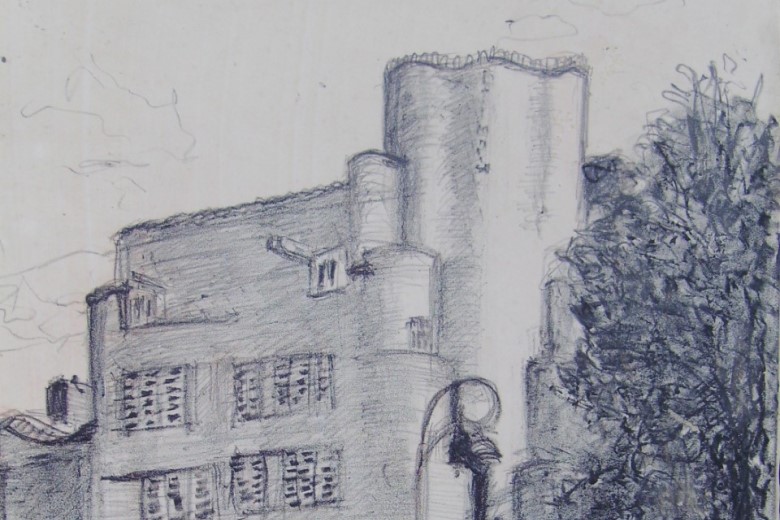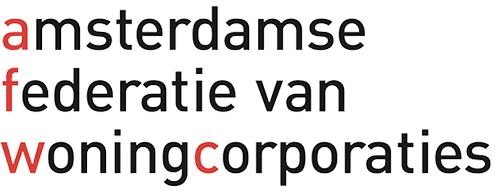Museum Het Schip exhibits a number of lithographs and drawings of buildings of the Amsterdam School by Kees Arntzen (1957). Each of the pages of this calendar shows a characteristic building from the period 1914 - 1929, the so-called Interbellum. The exhibition on the German architect Bruno Taut, which is currently on display in the museum, also focuses on this special period in the history of architecture.
Music
A special feature of this calendar is that attention is also given to the Amsterdam music of that time. The back of each calendar page not only provides information about the building and the architect, but also draws attention to a specific piece of Amsterdam music that was created in the year of completion. To this end, cooperation was sought with the Leo Smit Foundation, an organization that has been involved for years in excavating lost musical heritage.
For example: in 1919, when the residential complex in the Spaarndammerbuurt (with the current museum Het Schip) was completed, the Amsterdam composer Henriëtte Bosmans composed her overwhelming Cello Sonata. In 1928, when the Reading Room at the Coöperatiehof (in the so-called Nieuwe Pijp in Amsterdam-Zuid) was inaugurated, the exuberant quintet of Amsterdammer Leo Smit for flute, harp and strings sounded for the first time.
Through a special link calendar owners are invited to listen to this piece of music through the website of the artist, the museum or the Leo Smit Foundation during the month in question.
Lithography
The exhibition also draws attention to the rich possibilities of lithography, a graphic technique that flourished during the Interbellum period. The lithographs in this exhibition were printed on the presses of Steendrukkerij Aad Hekker in Amsterdam.
Vernissage and concert
Calendar, CD and individual lithographs will soon be available from the museum store or directly from the artist: www.keesarntzen.nl




